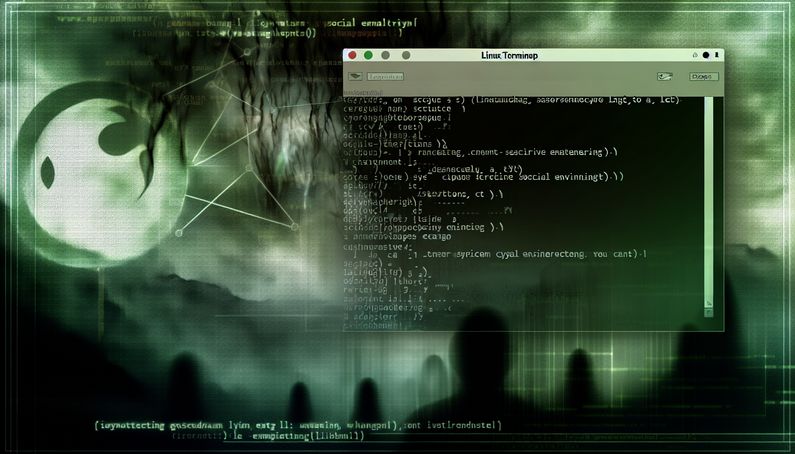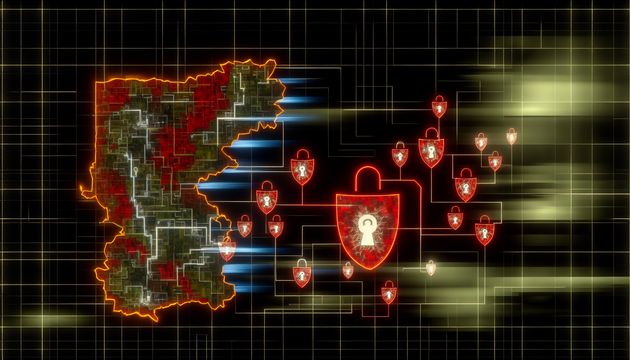
The Rising Threat of ClickFix Attacks on Linux Systems
ClickFix attacks have emerged as a formidable threat to Linux systems, evolving from their initial focus on Windows platforms. These attacks exploit social engineering techniques to deceive users into executing malicious commands, often by mimicking legitimate websites. Recent campaigns have targeted Linux users by tricking them into running shell commands that install malware, as reported by BleepingComputer. The involvement of nation-state actors, such as APT36, underscores the seriousness of these threats, with groups leveraging sophisticated tactics to target specific entities (Hispion News). The cross-platform nature of ClickFix attacks, which now include Linux, highlights their versatility and the need for robust defensive measures.
Understanding ClickFix Attacks
Evolution of ClickFix Attacks on Linux
ClickFix attacks have evolved significantly over time, transitioning from targeting primarily Windows systems to now including Linux platforms. Initially, these attacks were designed to exploit Windows users by leveraging PowerShell scripts executed via the Windows Run command. However, recent developments have seen the adaptation of ClickFix tactics to Linux environments, marking a significant shift in the threat landscape. According to BleepingComputer, the latest campaigns have been identified targeting Linux systems through social engineering techniques that trick users into executing shell commands.
Techniques Employed in Linux ClickFix Attacks
The core technique of ClickFix attacks involves social engineering to deceive users into executing malicious commands. For Linux systems, attackers have utilized websites that mimic legitimate entities, such as India’s Ministry of Defence, to lure victims. When users visit these sites, they are profiled based on their operating system and redirected to a tailored attack flow. On Linux, this often involves presenting a CAPTCHA page that, when interacted with, copies a shell command to the user’s clipboard. The user is then instructed to execute this command, which can lead to the installation of malware. As detailed by Hunt.io, the command used in these attacks drops a payload on the target system, which, in its current form, fetches a JPEG image from the attacker’s server.
Threat Actors Behind ClickFix Attacks
ClickFix attacks are not limited to independent cybercriminals; they have also been adopted by nation-state actors. Groups such as APT36, also known as “Transparent Tribe,” have been linked to these campaigns. This group, reportedly linked to Pakistan, has been known to use sophisticated social engineering tactics to target Indian entities. The involvement of such advanced persistent threat (APT) groups underscores the seriousness of ClickFix attacks on Linux systems. As reported by Hispion News, other nation-state actors from countries like Iran, North Korea, and Russia have also employed ClickFix techniques, highlighting its effectiveness and appeal to high-level threat actors.
Cross-Platform Capabilities and Adaptations
One of the most concerning aspects of ClickFix attacks is their cross-platform capabilities. The ability to target multiple operating systems, including Windows, Linux, and macOS, makes these attacks particularly versatile and dangerous. The adaptation of ClickFix for Linux systems involves exploiting common dependency injection techniques in shared libraries, as noted by Cybersecurity News. This allows attackers to establish persistence, create backdoors, and harvest sensitive information from compromised systems. The sophistication of these attacks is further enhanced by the use of country-specific design elements and exact replications of legitimate portals, making the deception extremely convincing.
Defensive Measures Against ClickFix Attacks
To mitigate the risk of ClickFix attacks on Linux systems, users and organizations must adopt a multi-layered security approach. This includes educating users about the dangers of executing commands from untrusted sources and implementing robust security protocols. Regular security audits and vulnerability assessments can help identify potential weaknesses that could be exploited by ClickFix attacks. Additionally, employing advanced threat detection and response tools can aid in identifying and mitigating these threats before they cause significant damage. As emphasized by Proofpoint, awareness and preparedness are key to defending against the sophisticated social engineering tactics employed in ClickFix attacks.
Final Thoughts
The evolution of ClickFix attacks to include Linux systems marks a significant shift in the cybersecurity landscape. These attacks, characterized by their cross-platform capabilities and sophisticated social engineering tactics, pose a serious threat to both individual users and organizations. As highlighted by Cybersecurity News, the ability of these attacks to mimic legitimate entities makes them particularly dangerous. To combat this threat, a multi-layered security approach is essential, focusing on user education and advanced threat detection tools. Awareness and preparedness, as emphasized by Proofpoint, are crucial in defending against these sophisticated attacks.
References
- BleepingComputer. (2024). Hackers now testing ClickFix attacks against Linux targets. https://www.bleepingcomputer.com/news/security/hackers-now-testing-clickfix-attacks-against-linux-targets/
- Hispion News. (2024). Nation-state hackers exploit ClickFix in sophisticated malware attacks. https://www.hispion.com/en/news/nation-state-hackers-exploit-clickfix-in-sophisticated-malware-attacks/
- Cybersecurity News. (2024). New ClickFix attack mimics Ministry of Defense website. https://cybersecuritynews.com/new-clickfix-attack-mimics-ministry-of-defense-website/
- Proofpoint. (2024). Nation-state hackers exploit ClickFix in sophisticated malware attacks. https://www.proofpoint.com/us/threat-insight/post/nation-state-hackers-exploit-clickfix-in-sophisticated-malware-attacks



